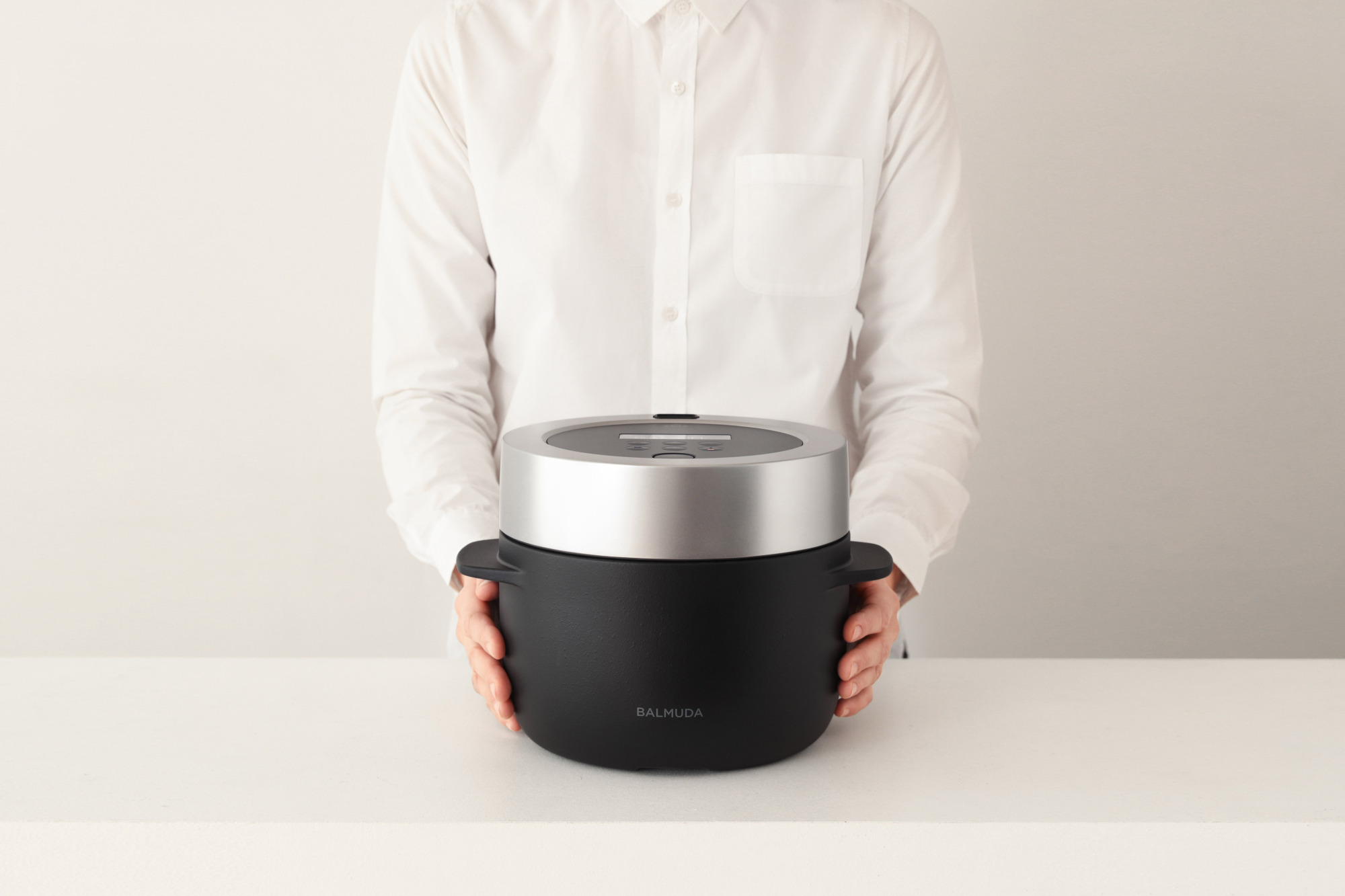Cooking rice, the staple grain of the Japanese diet for hundreds of years, used to be a laborious process. A dedicated heavy cast iron or earthenware pot placed on a wood-burning stove called a kamado was used for the purpose, and managing the heat to cook the rice properly required both skill and long experience.
The first automated home rice cookers (jidō suihanki) were introduced by Toshiba in 1955, with a Matsushita Electric (currently Panasonic) model following the year after. Rice cookers really took off in the 1960s; most households in Japan were connected to the grid by that time, and the rice cookers themselves became more reliable. Two features that helped them really take off were the timer and the "keep warm" function, which meant that the rice could be set in the cooker the night before, and hot rice would be ready for breakfast.
The rice cooker revolutionized 1960s Japanese households every bit as much as the refrigerator, vacuum cleaner, washing machine and television. The next major evolution in rice cooker technology came in the late 1970s, with the introduction of cookers with built-in microcomputers that controlled the temperature changes at a much finer level than was previously possible. The term "fuzzy logic" became a byword in the marketing of these new smart rice cookers.

















With your current subscription plan you can comment on stories. However, before writing your first comment, please create a display name in the Profile section of your subscriber account page.